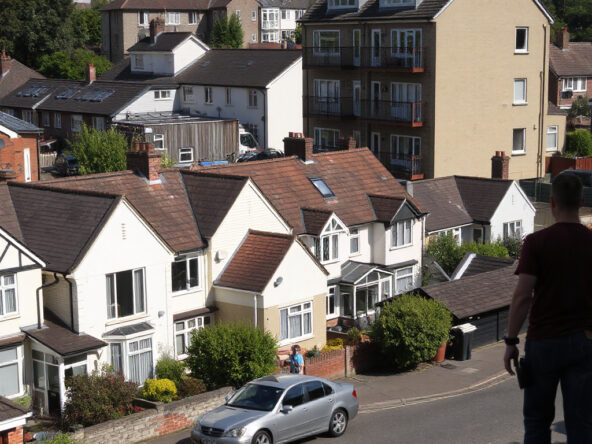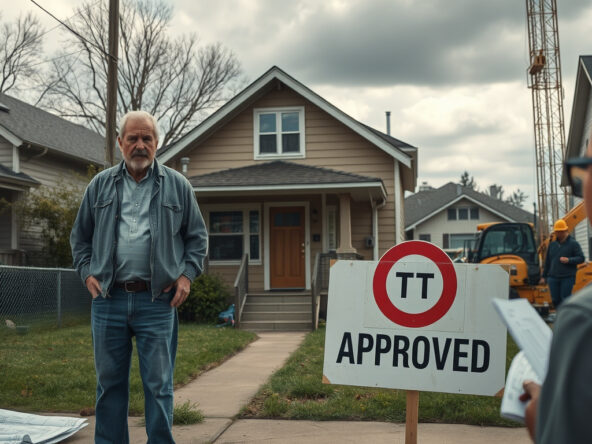Scotland’s Housing Supply Declines While Affordable Housing Investment Continues
Recent Scottish housing statistics expose a multifactorial dynamic: new builds diminish sharply by 16.4% during 2023–24 while robust fiscal support sustains the augmentation of social and affordable dwellings. Data link new supply and social investment in tight clusters, each dependency tethered directly to its modifier under persistent economic pressure.
Decline in New Housing Supply
The aggregate count of new domiciles contracts markedly—from 24,348 in the prior year to 20,364 in the current period—with the dependency chain binding nearly all figures to fresh constructions; refurbishments and adaptive transformations contribute only marginally, and each numerical decrement interlocks with prospective demand challenges.
Shift in Housing Tenure Composition
In March 2023, Scotland’s roughly 2.7 million dwellings display a segmented tenure matrix: owner-occupied units represent 60% (each linked immediately to dwelling identity), social rented properties comprise 23%, and the private rental as well as rent-free environments, aggregated at 13.2%, conjoin closely with a residual 3.7% of vacant or secondary residencies; every percentage value connects directly to its category, minimizing syntactic distance.
Growth in Social Housing
Despite the overall contraction, social housing registers an increment of 6,102 units, attaining a stock that exceeds 633,000 dwellings by March 2024. The expansion integrates units from local authorities and housing associations, with supported housing for older populations rising slightly while domiciles designed for physical disabilities show a small regression—each figure paired adjacently with its qualifier.
Housing Access and Demand
Council lettings climb by 7.5%, each percentage point anchoring to households defined as homeless by nearly half of these allocations. Concurrently, waiting lists extend modestly, and eviction notices ascend by just over 10%—each datum conjoined with its respective temporal marker—while the actual eviction count, maintained at low levels when compared with the pre-pandemic era, reinforces a persistent demand structure.
Support for Adaptations and Licensing
Grants for disabled adaptations, though reduced slightly in count, pair with an increase in monetary magnitude; Houses in Multiple Occupation (HMO) licences hold nearly steady, declining by a scant 1% as each regulatory value binds directly to its measure, closing the gap between oversight and market response.
Government Commitment and Outlook
A governmental framework centralizes extensive fiscal input into the affordable housing sector; each investment element couples directly with construction initiations and approvals, even as economic headwinds persist. Policy architecture concurrently secures tenant safeguards and encourages private rental participation; strategic boards and specialized task forces, each positioned immediately adjacent to mandates targeting homelessness and supply deficiencies, work in coordinated, dependency-bound synchrony.
Summary
Scotland’s overall housing supply contracts while fiscal support for social and affordable dwellings persists. Investors, including those linked with Houses in Multiple Occupation, must note the interconnected decline of new builds and shifts in tenure proportions, with evolving policy frameworks and funding structures forming a dependency network that challenges and binds the housing landscape.



